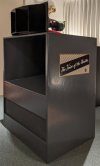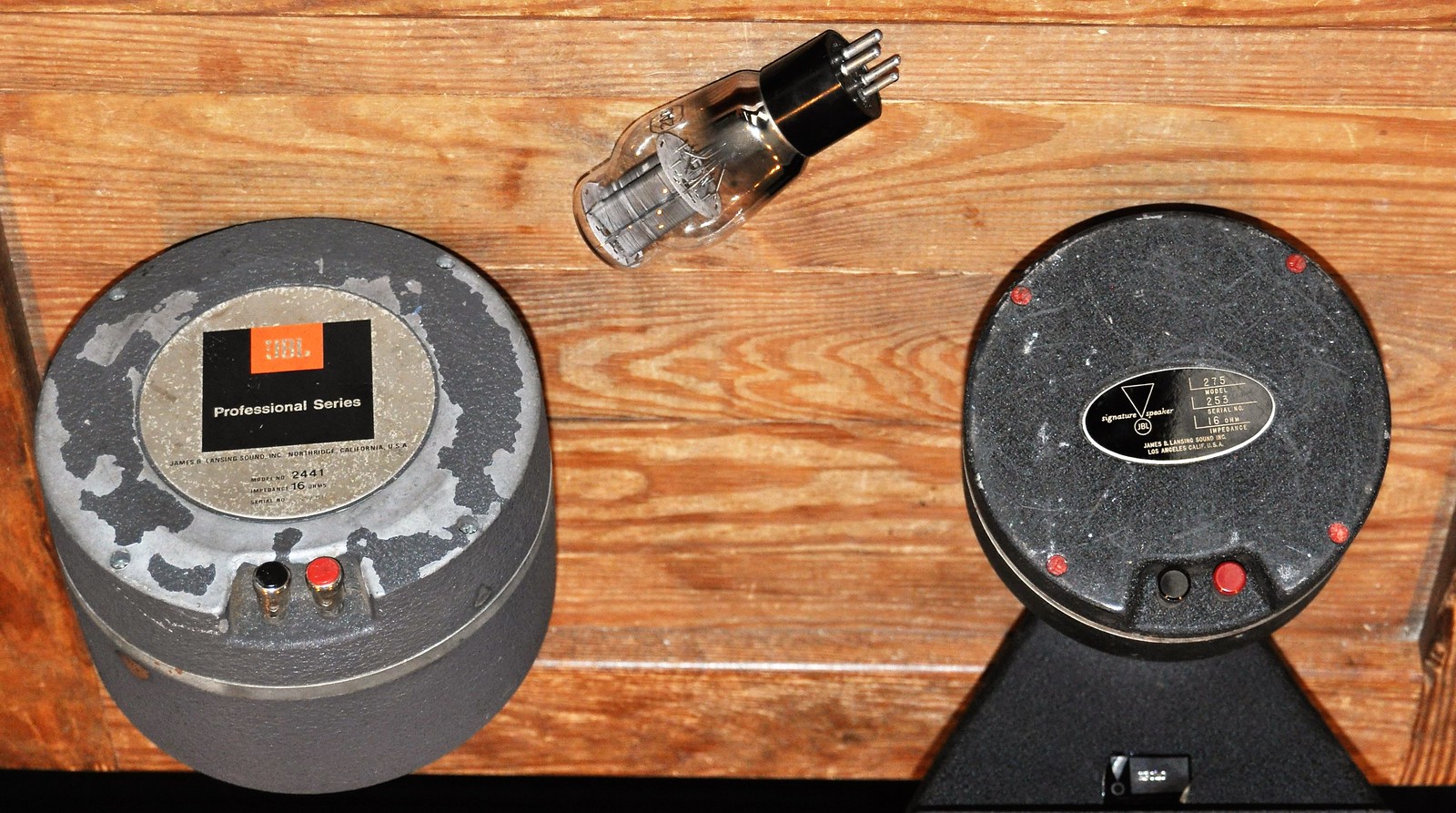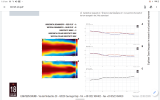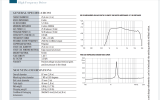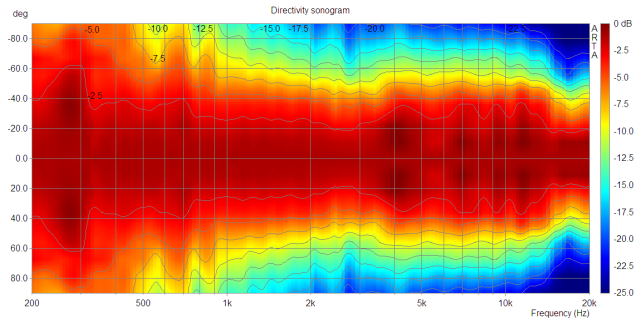Compression drivers are not very common in home audio. I've been using them for about sixteen years. The crossover design is often a bit more complex than with a direct-radiator tweeter.
Ime it's hard to do a good inexpensive horn speaker, at least for a small manufacturer who doesn't have good economies of scale.
The horn itself is arguably the more important component, and imo its typically fairly narrow radiation pattern in turn calls for a narrower-pattern midwoofer section than what we normally see. And if the designer chooses to take advantage of the high efficiency of the compression driver, this pushes the enclosure size/bass extension tradeoff in a different direction from current market trends.
As with any type of loudspeaker much depends on the specifics. Imo good directivity behavior is the main benefit of a good horn/compression driver combination. Ime audible distortion does not occur until well above normal home audio listening levels with a well-designed horn paired with a compatible compression driver. Good frequency response usually calls for more EQ than is typically the case for direct radiator tweeters, but on the other hand with good directivity behavior when you have fixed the on-axis response, you have simultaneously fixed the off-axis response. Such is not the case for direct-radiator tweeters whose radiation patterns narrow as we go up in frequency.
Here is a relevant white paper written by an expert in the field, Earl Geddes:

 But I'm not a horn guy.
But I'm not a horn guy. 
